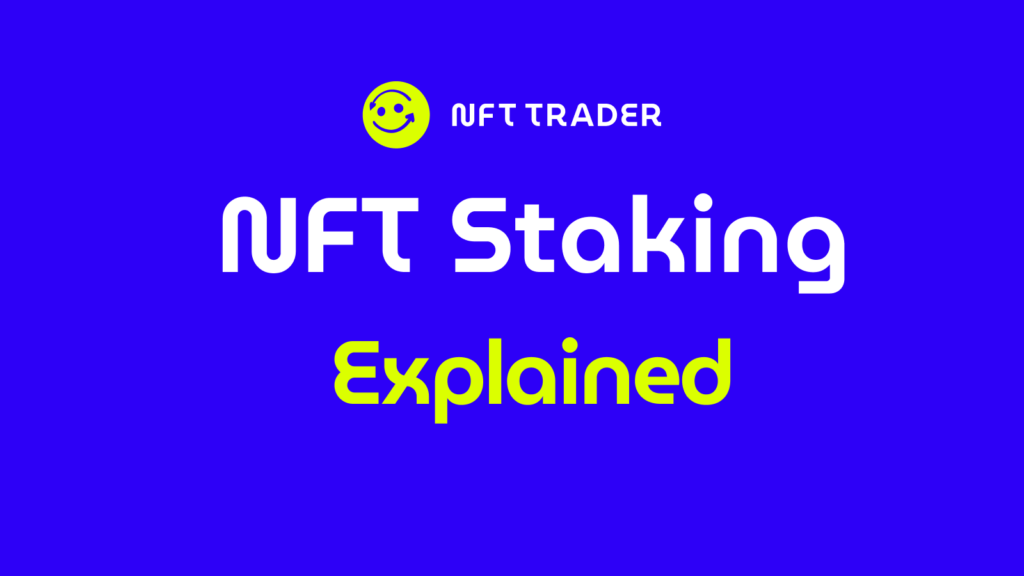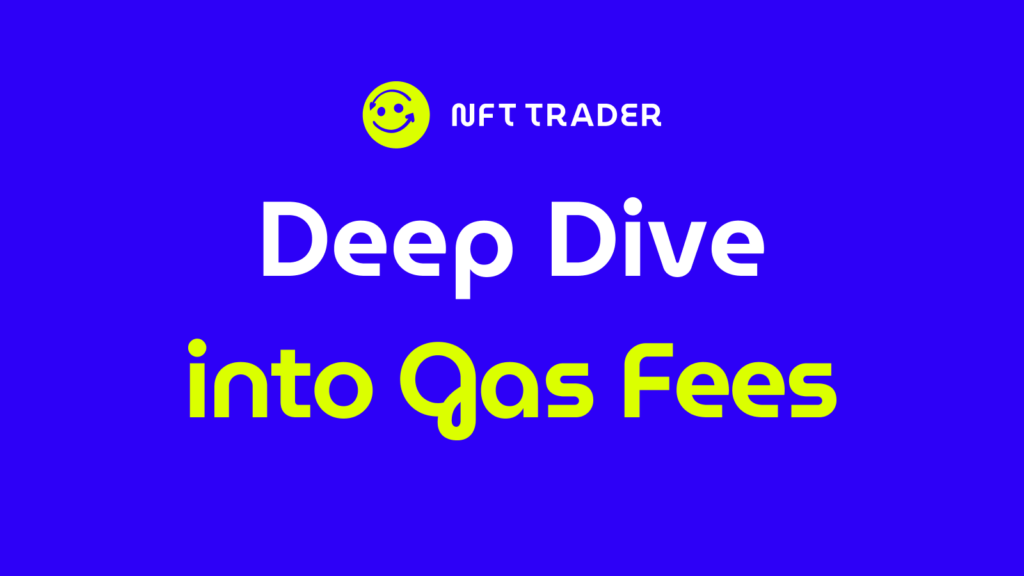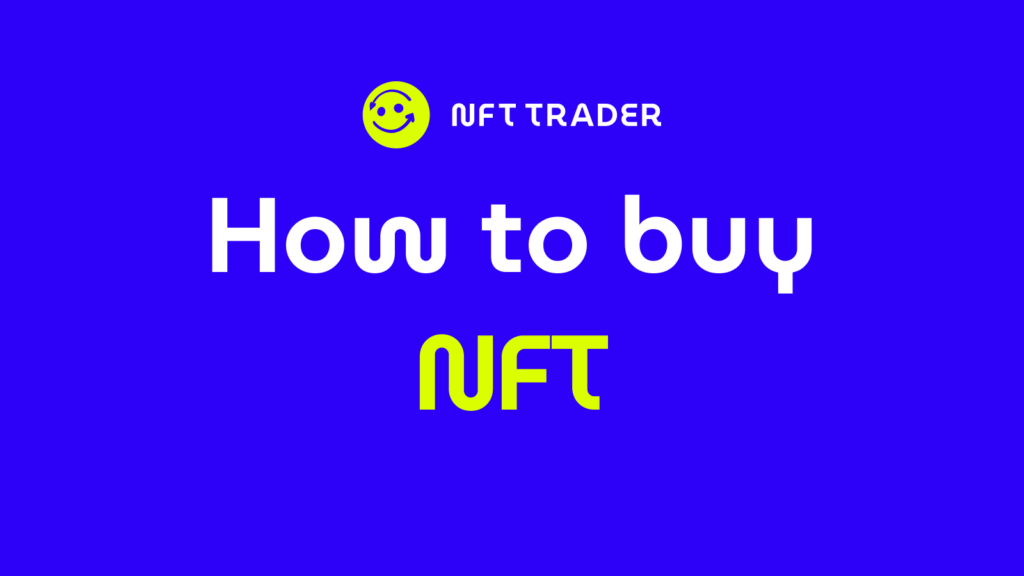Unlocking Value: What is Staking in the NFT World?

Staking was a novel idea that took place, mainly in DeFi, during 2020-2021. In the beginning the idea was simple and generally applied to new ERC20 tokens. The formula it’s quite simple: lock an amount of token to earn another amount of tokens.
Summary:
- What is staking?
- How to stake NFTs?
- NFT Staking Platforms
- Benefits of NFT staking
- Risks and challenges
- Frequently asked questions
What is staking?
Let’s consider an ERC20 token called GoldCoin with a maximum supply of 10,000 tokens. People could stake ETH in exchange for GoldCoin, and the emission of this token would be distributed among the stakers daily, based on the percentage of the staked ETH they held. Later, this concept was applied in a different manner, incorporating game theories. This involved staking ETH, wBTC, and other ERC20 tokens to earn new ERC20 tokens. In simple terms, staking also removes a certain amount of cryptocurrencies/tokens from circulation since they are locked up, thereby increasing the scarcity of these assets. Then came NFT staking, which followed a similar theory. Instead of staking ERC20 or ETH, individuals could stake their NFTs in exchange for ERC20 tokens, usually associated with the NFT ecosystem. That being said, reclaiming a token is not the only solution, but we will delve into this further later.
How to stake NFTs?
As mentioned, generally, an NFT has a staking feature if the creator of the project or an external party, potentially interested in the audience, releases a platform that rewards the holders of such NFTs or a group of NFTs with tokens.
Choosing Platforms
Choosing a platform is not easy. The best way to find a suitable platform for staking your NFTs is to stay updated with the creator of your NFT and follow their social channels. This way, when a staking opportunity arises, you’ll be able to participate. It’s also important not to rush into these matters. Sometimes, it’s better to be cautious and avoid the risks associated with phishing websites or smart contract issues by waiting to see how things unfold.
Staking Process
The staking process is quite straightforward. Once you’ve found a trustworthy NFT staking platform, you just need to connect your wallet, and the platform will verify your ownership of the assets in question. If everything checks out, the next step is to stake your NFT and start enjoying the associated benefits.
Unstaking Process and Claiming
Rewards platforms generally allow you to unstake your assets at any time, but sometimes there is a time lock. Nevertheless, once these requests are fulfilled, you can claim all the rewards associated with it and retrieve your assets.
NFT Staking Platforms
Art and collectibles platforms:
- ApeCoin Staking: Since its creation, ApeCoin has also introduced the staking of ERC20 and ERC721 tokens related to the Bored Ape / Yuga ecosystem.
- Moonbirds Nesting: Moonbirds implemented a different kind of staking called nesting. Essentially, staking and nesting have the same meaning, but instead of obtaining a token as revenue, you’ll be able to earn points that can be used within the Proof ecosystem.;
Gaming Platforms:
- REVV token from Animoca was one of those tokens related to gaming that was released, in part, through the staking of the F1 car digital game assets that were part of the game ;
Benefits of NFT staking
The benefits of NFT staking are few. Firstly, owners can acquire points or assets that can be used within their NFT ecosystem. Secondly, in general, since some of these assets are taken out of marketplaces due to staking, it results in a reduction in the supply of these assets, thereby increasing their scarcity.
Risks and challenges
Like everything in crypto, NFT staking comes with risks. People are susceptible to phishing, scamming, and smart contract security risks. As mentioned earlier, sometimes it’s a good idea to be the second rather than the first. Another solution is to use a burner wallet when interacting with these kinds of websites.
Frequently asked questions
Is staking NFTs safe?
Generally speaking, NFT staking is safe, but you have to rely on trusted platforms used by the interested NFT community. Otherwise, if it seems too good to be true, it’s probably a bad sign.


